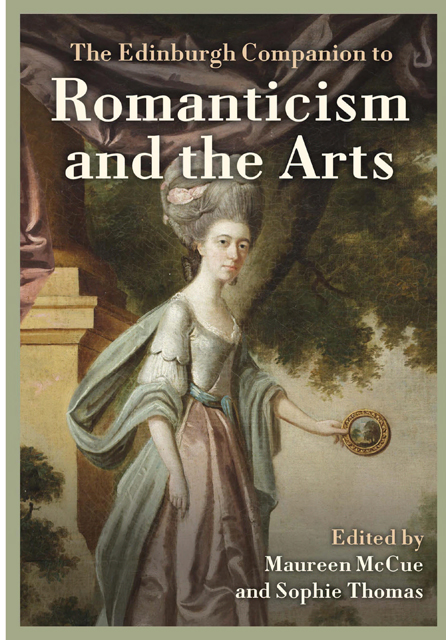14 - Taken By Storm: Multisensory Learning in the Lecture Room
Published online by Cambridge University Press: 25 April 2023
Summary
In a lecture on 10 April 1812 at London’s Royal Institution, a freshly knighted Sir Humphry Davy staged a demonstration with ‘a miniature volcano’. Sitting in the back of the packed theatre, his assistant Michael Faraday described Davy placing ‘pieces of the metal potassium’ into ‘a pile of earth and stones in the form of a mountain crater’ into which he poured water (Royal Institution 2017). Davy aimed to share his own excitement upon first isolating potassium: ‘when he saw the minute globules of potassium burst through the crust of potash, and take fire as they entered the atmosphere, he could not contain his joy – he actually danced about the room in ecstatic delight’ (John Davy 1836, 1:384). Davy became known for spectacular demonstrations. He burned diamonds to show that they were made of carbon and, most famously, wielded large batteries in order to reveal the properties – sometimes explosive – of chemical compounds. In 1810 he explained to his auditors that lecturing was the perfect medium for teaching chemistry because ‘[t]he Philosophy of Nature, is purely a philosophy of visible and tangible effects’ (Davy 1810, 23). Davy caught and held the popular imagination by forcing into visibility the mysterious workings of the natural world, including elements like potassium and gases like nitrous oxide. Public lectures might seem to be primarily an oral medium, but Davy grasped that ‘experimental subjects may impress independent of eloquence’ (1810, 23). This principle proved transferable to a range of topics in the early nineteenth century’s expanding public lecture curriculum, turning the lecture room into a key site for fostering the Romantic era’s rich visual culture while simultaneously hosting debates about the nature of its impact.
This space attracted the attention of some of the period’s best-known artists, including James Gillray, Thomas Rowlandson and Auguste Charles Pugin, who recognised these scenes as feasts for the eye. In a handful of prints they featured the main draw – chemistry demonstrations – at the Royal and Surrey Institutions, while simultaneously revealing how this lavish visual culture included the rooms themselves and the auditors who crowded into them. Their prints also register what made these events controversial as one instance of what Richard Altick famously called ‘the shows of London’ (1978, 366–8).
- Type
- Chapter
- Information
- The Edinburgh Companion to Romanticism and the Arts , pp. 255 - 271Publisher: Edinburgh University PressPrint publication year: 2022



